"It’s just $50, and it’s the best reverb for the buck, in the world": Composer Jason Graves on his go-to reverb plugin
After scoring Dead Space and Call of Duty, Graves' latest video game project takes him offshore to a monster-infested oil rig

As one of the industry’s most sought-after composers, Jason Graves’ music has won plaudits across the twin worlds of gaming and music production. A quick glance at his impressive body of work soon reveals just why that is.
From the hailed score for 2013’s Tomb Raider remake, to the sublime BAFTA-winning musical universe of the beloved (and utterly terrifying!) Dead Space trilogy, and the action-packed intensity of his recent Call of Duty franchise contributions, Graves is rightly one of game music’s most respected figures.
Beyond gaming, you might have heard Jason’s music for Predator prequel Prey, while his idiosyncratic approach to composition has made his creative workflow an interesting point of conversation for many a music production magazine over the years.
On that front, and ahead of the release of the incredible-looking (and sounding) Still Wakes the Deep – a new narrative-driven horror experience from the Brighton-based developer, The Chinese Room – we caught up with Jason and started by asking why the North Carolina-based composer, who has scored some of the gaming world’s biggest titles, decided to take on this most British of projects, set on an oil rig off the coast of Scotland?
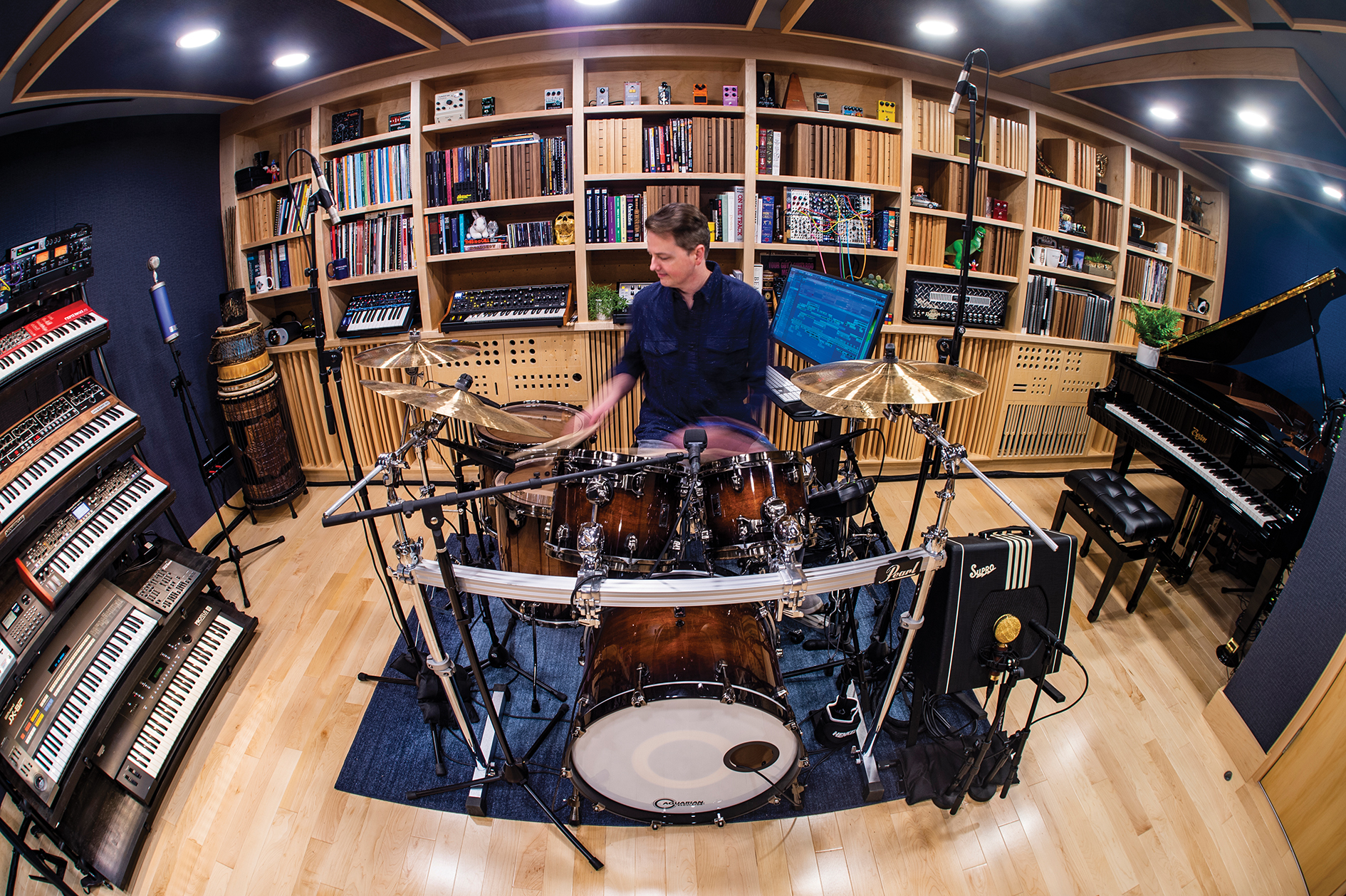
“The Chinese Room has been on my radar ever since their first horror title came out,” Jason explains. “I love the narrative style of The Chinese Room’s games. How unique and specifically ‘Chinese Room’ their games are. I’ve been doing interviews for 15 years, and there’s always the inevitable ‘if there’s a developer you could work with?’ question. The two I always mention are Naughty Dog and The Chinese Room. I love the narrative arc of their games. They’re not just a ‘shooter’ or ‘platformer’ – there’s real characters and development.”
After receiving an email from The Chinese Room’s Audio Director, Daan Hendriks, asking if Jason was interested in the project, Graves sent back an enthusiastic ‘yes’. “I didn’t even care what the game was, I just said ‘Count me in’. It just sort of steamrolled from there.”
The gig on the rig
Jason tells us that the company gave him a general idea of the game: “They’ve done more in the way of open-ended kinds of games. I was kind of hoping I’d be able to lean more towards the kind of music that previous composer Jessica [Curry] had made in the past. Then as Daan explained it to me, I realised that beyond the horror, it’s really about a man trying to get home to his estranged family – that’s the narrative thread. It just happens to be set on an oil rig with monsters.”
Get the MusicRadar Newsletter
Want all the hottest music and gear news, reviews, deals, features and more, direct to your inbox? Sign up here.
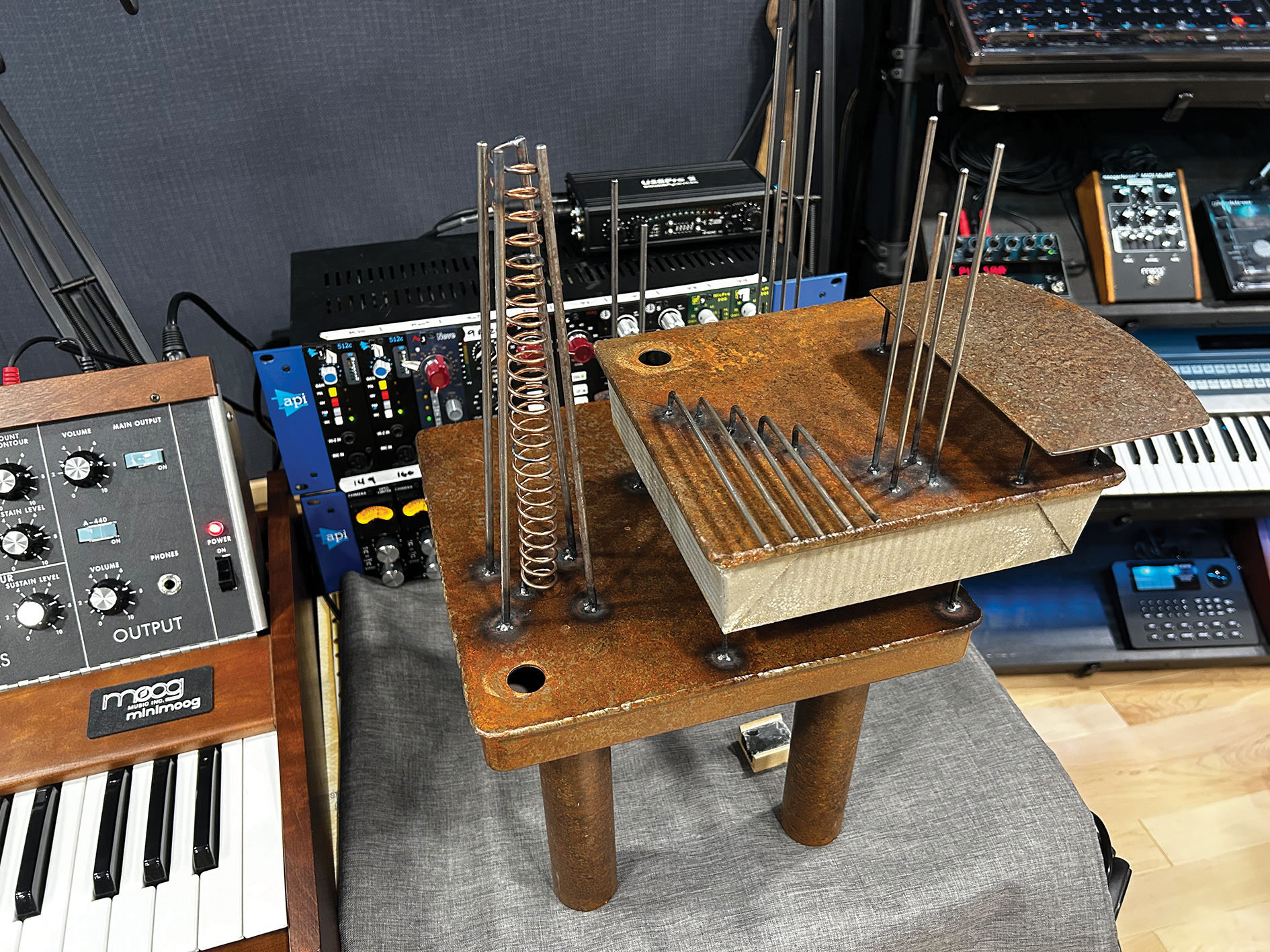
Once Jason realised that the game had a human element, beyond the ominous horror angle, he immediately began thinking about how the musical universe should be divided. The first third of the score would be composed with a small string quartet, the second third a woodwind quartet, and the final third would combine bizarre, ominous and unnerving textures generated from his Moog Model D with impacts, clangs and percussive sounds made using a purpose-built, metallic oil rig sculpture (dubbed, appropriately, ‘The Rig’) all treated via chains of pitch and space-shifting plugins.
On the string-side of things, Jason initially began by composing with software sample libraries: “Sample libraries sound fantastic, and If I’d played you the demo cue, and said ‘here’s the final cue, it’s with live musicians’ you’d listen to it and say ‘well that sounds great’. Until you hear the live players, and then you go ‘Ooh, now that sounds emotional’. It’s got character, it sounds evocative. The samples are a little stagnant. They can only push and pull so much.
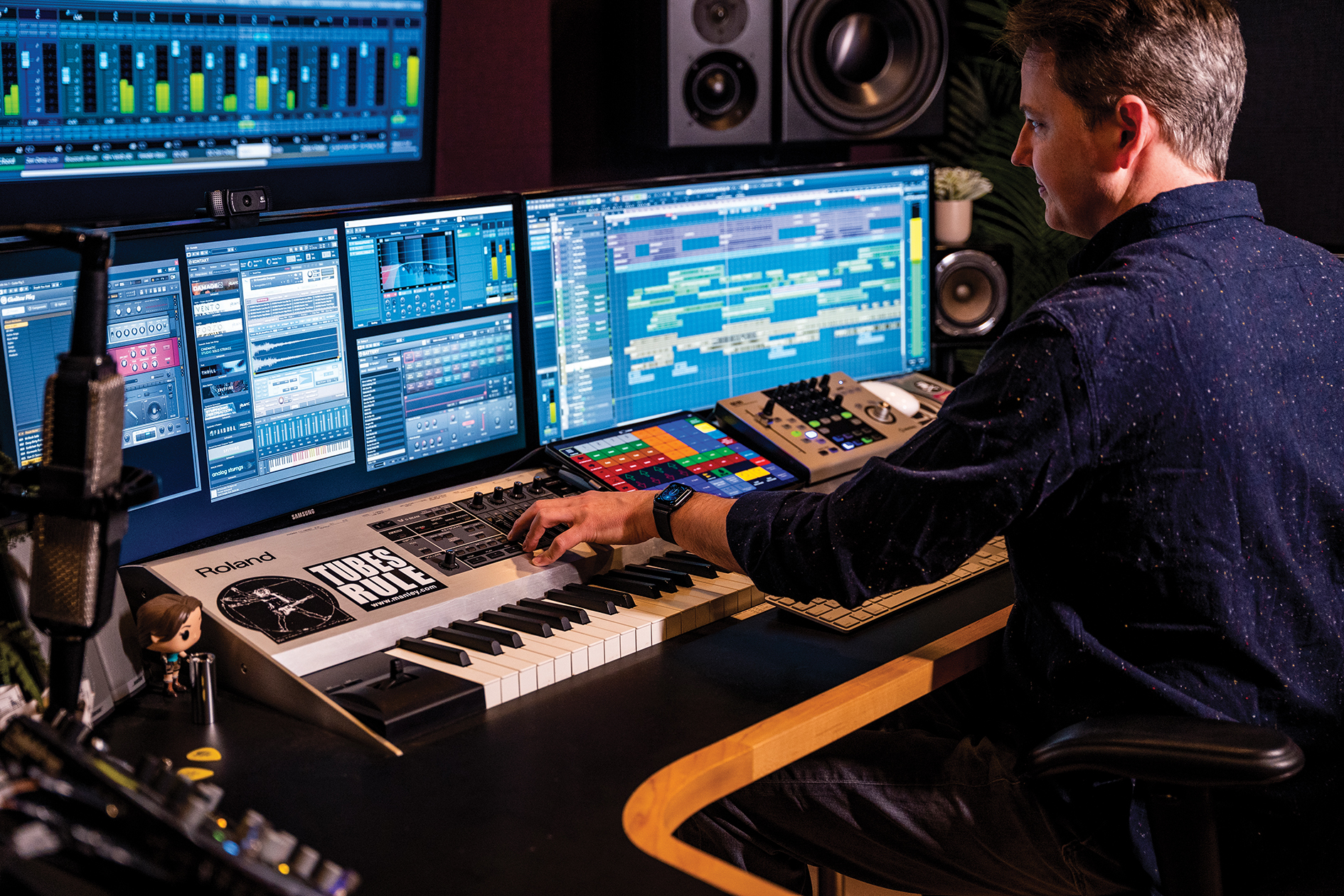
“With woodwinds you’ve got all that vibrato and all that character. In a pinch, samples are great – but I chose to use a very small ensemble of live musicians and forgo any samples whatsoever. There was this through-line in the game of family and friends, so I felt like the cues that were portraying that sorrow and loss really needed to be felt emotionally. You can really feel that more in the live playing.”
Jason explains that he decided to not score with a larger orchestra, and kept things intimate with a small quartet: “I’d been working with soloists on various games over the last few years, to great effect. I thought, ‘Why don’t we just use a string quartet?’ The last time I used a string quartet was on Dead Space 2 around 12 years ago. The reason I chose a quartet for that game was because of the intimacy and the nakedness of those strings being so upfront. They were evocative of loss. I figured it had been long enough, and I could use a quartet in a way that didn’t sound like Dead Space 2.
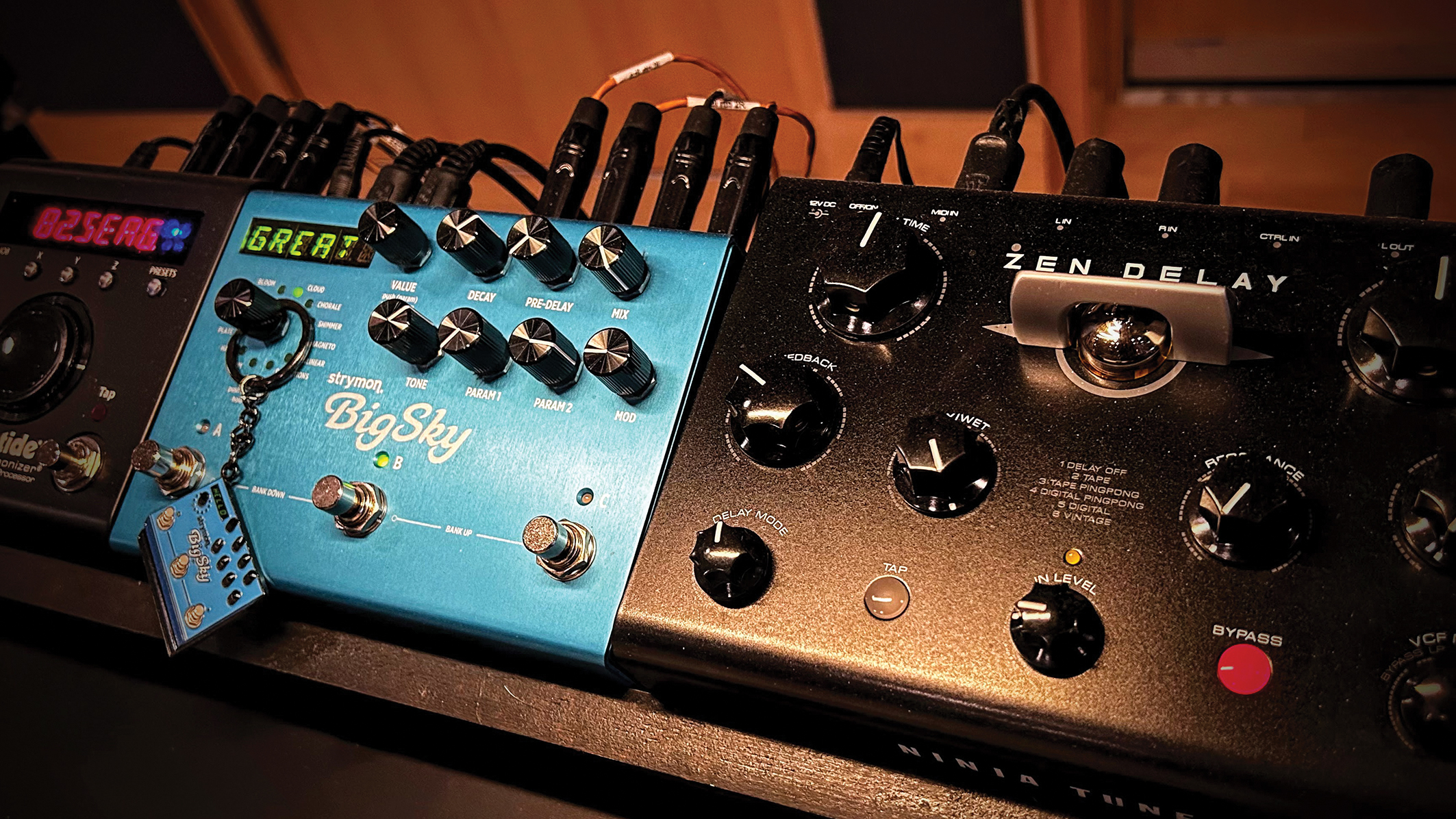
“They arise in the character-based moments, where you’re talking to other characters or you’ve lost someone or you’re having a flashback in the game, or reading a letter from your wife, the quartet adds that ‘family’, human sound. That was the first thing that we cemented. The real challenge was getting the quartet to sound real and big, even though it’s just two guys recording themselves in bedrooms! One person played violin one, violin two and viola, and another person played cello.
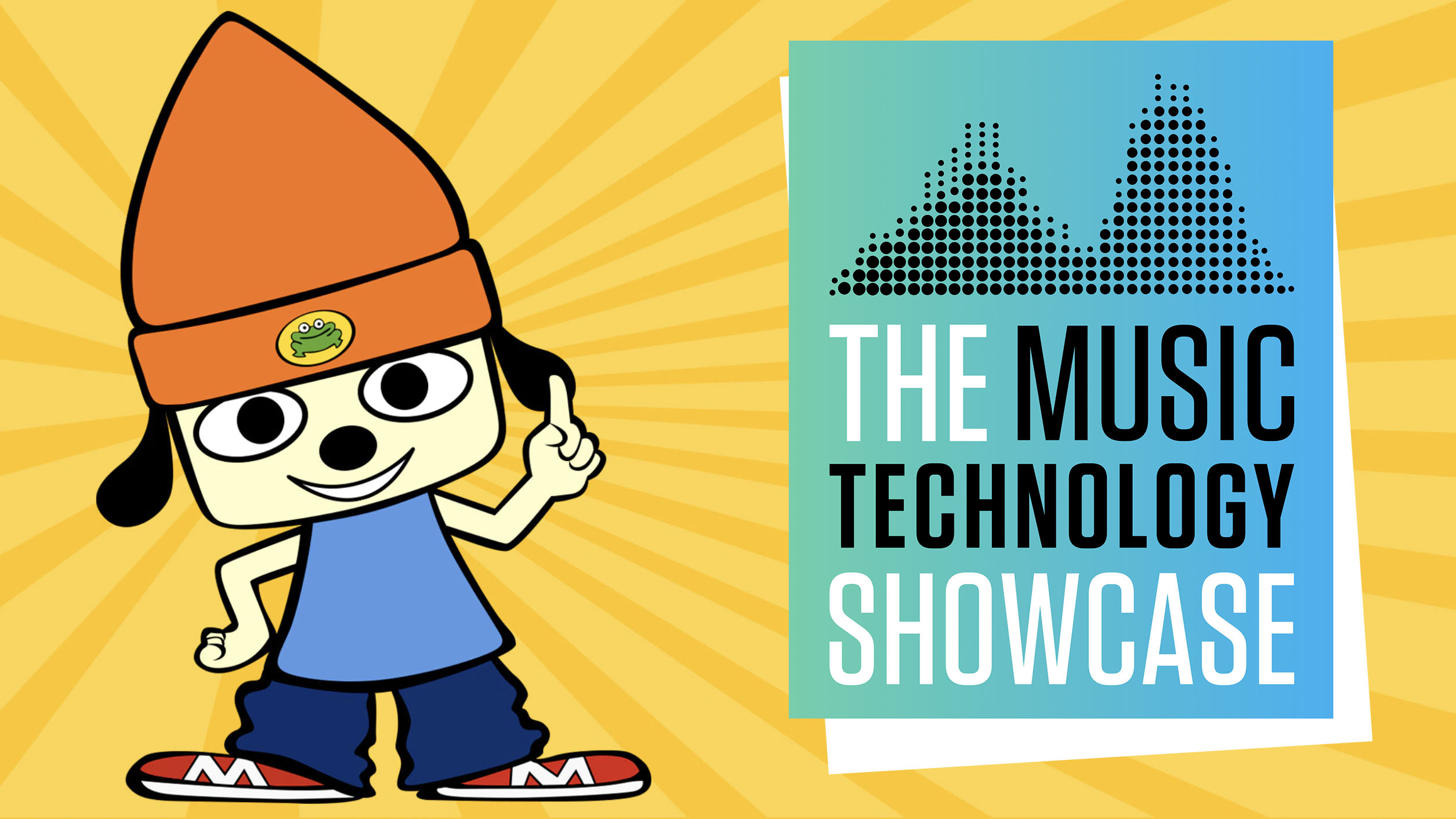
10 times that music and videogames collided: the good, the bad… and the weird
“The other side of that coin is that, if the strings are the humanity of the score, then what’s the non-human, monster aspect? I loved the idea of this oil rig digging deep down into this ocean and uncovering something. Exposing and possibly wounding something that doesn’t even really understand what’s going on, and is acting out of defence.
“I thought four low woodwinds would counterbalance the human quartet. There’s wonderful breathing, air-movement going on. The other two thirds of the score, they’re bubbling and squirming and there’s clusters. It’s effectively the evil presence on the rig itself. That’s where we established the two-sides of the coin. I like that it was all recorded live. You can hear when things don’t quite line up – I love all those imperfections.”
The model and the Model D
Though Graves has a plethora of synths to choose from, he opted to go with Moog’s Model D as the sole synth for the score, after initially spreading himself thin with a wider range of synths. “I was trying to do too much with the synthesiser. It was doing an arpeggio thing or something like a reverse LFO, backwards-compression kind of thing.
“I ended up using the Softube Model D, and just the low-end and the robustness that came out of that made me realise that this was an amazing synth. I’m in North Carolina, and Moog is in North Carolina and I’ve always wanted to visit their factory. The sound of that software version made me decide to go to Asheville and pick a real one out. They built one specifically for me. I got to go and get a tour of the factory and all the people that literally built my Model D signed it on the back.”
The first thing Jason did was go back and replace all the Softube-generated synth parts with the real thing. “Since it’s a newer one, it’s got an extra LFO, so there’s way more that it can do – you can overload it, distort it. It became this whole new aspect to the score that I never even thought would happen. Every cue, I’d come up with something fresh – no presets – you’re just detuning knobs, and adding saturation, putting a square wave against a triangle wave, and then you’d get these crazy evolving sounds.
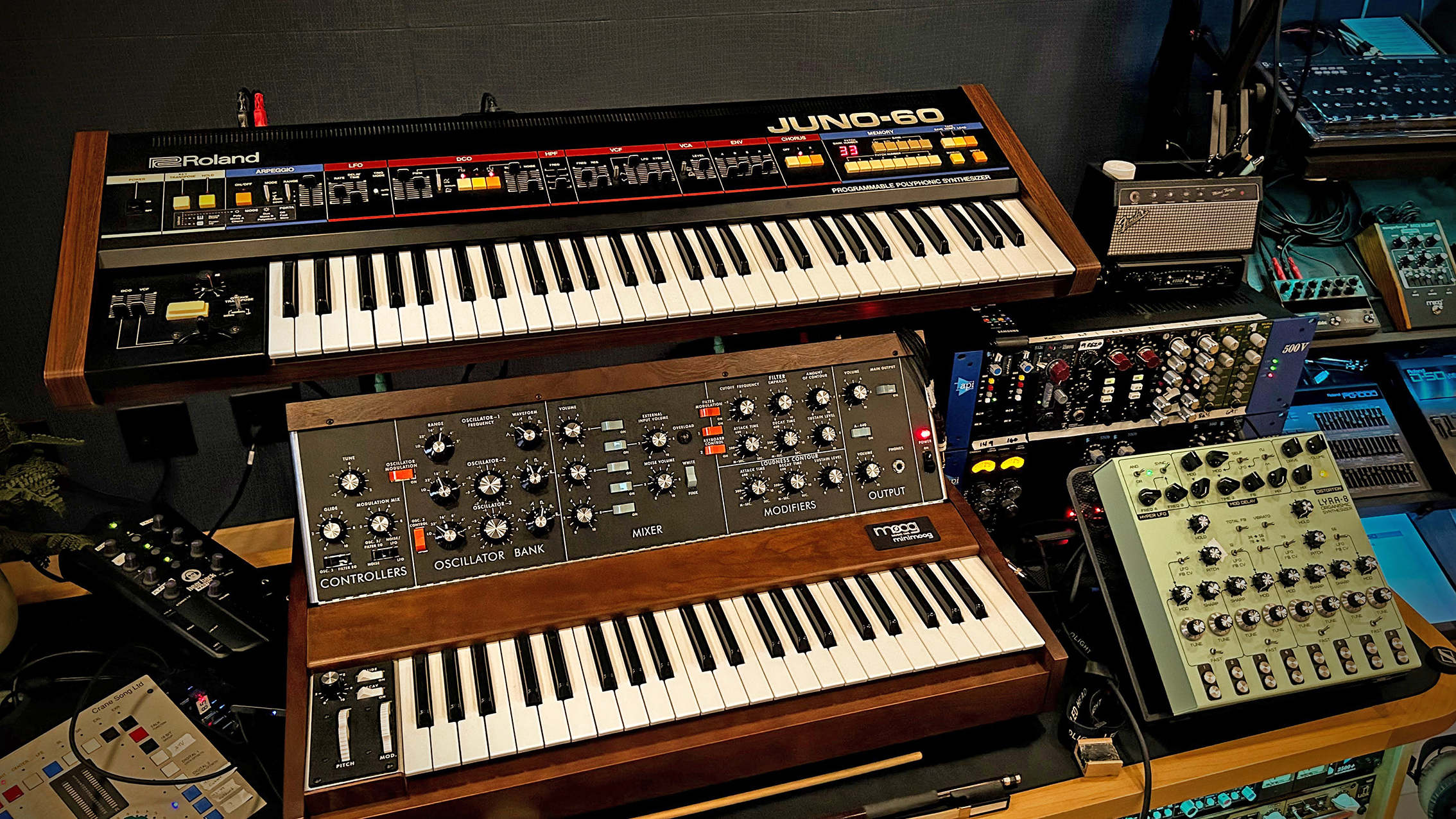
“I didn’t know at the time if the developers would go for it as some of it was pretty out there. The synth parts are always in low mode. There’s not a lot of effects on there, aside from a delay to give it some ambience, but there’s no distortion or EQ or anything. That’s literally the sound of the Model D. Of course, when it’s playing under the more humane music it’s just this big, fat sausage sine wave that just fills in the low end and makes it feel impactful and smooth. It really filled in the holes. Woodwinds and strings fill in the rest of the frequency range.
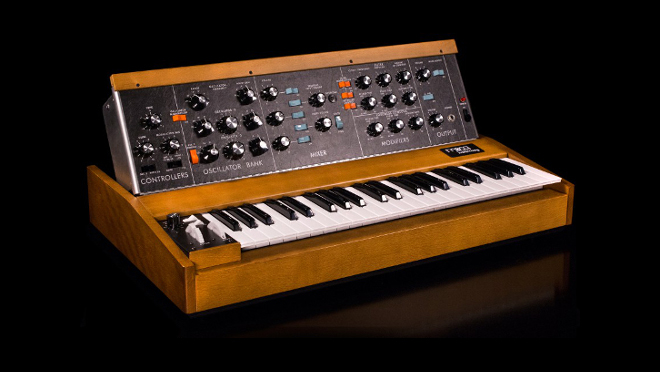
While the Model D was the engine of the score’s electronic textures, a slightly different model was relied on for the impacts and percussive elements. “It’s the metal sculpture – The Rig – that defined a lot of these cues. It took about a month to get The Rig in place with metal artist Matt McConnell; he was onboard from the beginning. He also helped me build a similar sculpture for Tomb Raider back in 2013. Even in the more poignant cues, The Rig is there in the background, crashing. There’s reverb on it to give the sounds space.
“A huge element of that was finding ‘the sound’. I used a stereo pair of Sanken microphones that have a 20Hz-100kHz frequency range. Recording The Rig at 192kHz allows sounds to be pitched down as far as two octaves to 48kHz and everything is still very natural and clear. In fact, the pitched down sound of something as simple as flicking a finger across a metal rod is absolutely terrifying, like a screaming banshee!”

“Two-thirds of the score is me hitting a note on the keyboard, triggering [a recorded Rig sound] in Kontakt, but it was all pre-determined and pre-sampled by using those Sanken microphones, with mallets and sticks and super balls that you can rub and it sounds like whale call. I spent hours recording all of this, then cut it all down and put it into Kontakt.
“I have three octaves in Kontakt where there’s 12 sounds at C3, and those are all the original pitch, and the next octave down is the same sounds, an octave lower, but they just sound like they’re twice as long and twice as low – they just sound bigger. Then it’s two octaves down and it’s four times longer – and you start entering into ‘what is that monster?’ kind of sounds. They really do sound crazy.
“Alejandro Heinze programmed everything into Kontakt for me so certain things loop, so I could play like a really screechy, painful tone, at pitch, more or less, and I can play chords on it and filter it.”

Jason tells us that a sustain pedal would then reverse any of The Rig’s sounds: “I’d press a key and compress the sustain and you’d get backwards swoosh. It’s literally working with oil rig sounds! We wanted it to sound like the rig that you are on in the game. In the game the rig is sinking, and all this stuff is going down, we wanted to blur the line between music and sound design.”
Jason also used multi-timbral pitch-shifting plugin Elastique Pitch by Zplane to add further size: “I use that all the time. If I was recording the rig in real time and doing some taps, I’d put two or three instances of Elastique in that channel pitched down by various percentages, so you just end up with these bigger sounding taps.”
Choppy waters
While the instrumental toolkit might vary from project to project, when it comes to workflow, Jason is a Steinberg man through and through. “I use either Cubase or Nuendo, depending on the features and stability of each release, as well as Wavelab. Normally what I do is I have lots of gameplay capture without music in it, so if I’m scoring a scene – a lot of which are incredibly interactive – I’ll have the gameplay with the audio running concurrently in Cubase on a big 75-inch TV.
“So the game is over on my right-hand side, while Cubase is open on my two monitors on my left. I can then score it like I am scoring a film. I still play the game as well, but when I do I tend to pay more attention to not dying than to listening to the way the music is interacting! The best route for me is to score it in Cubase as a movie then get more gameplay captures back from the developers. Once the music is in, I can watch it from a composer’s perspective and tweak things certain ways.”
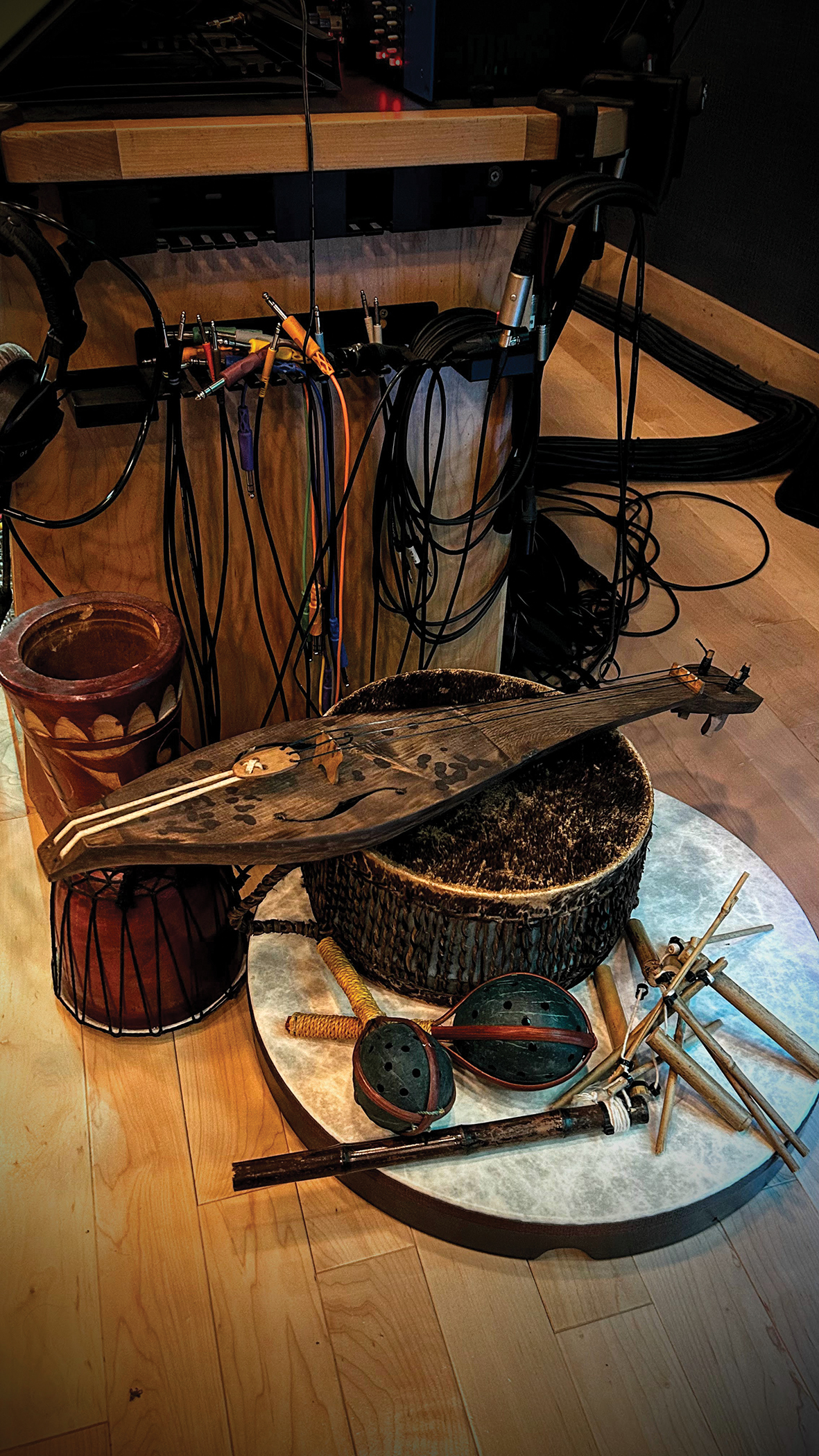
Even on smaller-length cues, the variety of sonics and track elements were colossal. “Looking at one of my cues now, it has 183 individual tracks, so it’s very dense but sort of checker-boarded – everything isn’t playing at the same time, it’s lots of different sounds. The trick with this, as soon as you start bowing something, is that you get such a strong fundamental and hardly any overtones. It goes back to mixing vs writing.
I use Valhalla VintageVerb as my main reverb for The Rig sounds. It’s just $50, and it’s the best reverb for the buck, in the world
“I use Valhalla VintageVerb as my main reverb for The Rig sounds. It’s just $50, and it’s the best reverb for the buck, in the world. FabFilter Pro Q 3 and SoundToys Decapitator are on most of those things. There’s an extra knob in Kontakt where I could turn up a guitar distortion and make it all a little nastier and bring out some more overtones. Xfer’s OTT compressor appears on all of the Rig sounds, with a lot of the top-end dialled down. It would make everything seem even gnarlier and nastier.”
To place the woodwinds and the strings in an authentic surround-type space, Jason relied on Cinematic Rooms from LiquidSonics. “I used FabFilter Pro L on the master bus. I do need to give a massive shoutout to Tonal Balance Control from iZotope. It is a real game-changer in terms of honing in on those resonances and get the right kind of balance.
“Even in the room I’m in, which is professionally built with great speakers, and perfect balance, I always tend to have too much bass, Tonal Balance Control, I just have it set to the ‘Modern’ setting, I know that if there’s a peak at 700 when I’m playing the mix, I go and find where that is and just pull it down, it just smooths it out. I’ve been using it for two years now, I’ve learned so much mixing with it. When I’m in that curve with Tonal Balance Control, I know that it’s going to translate perfectly everywhere.”
Hitting the target
Taking a total of nine months to complete, the score for Still Wakes The Deep was one of many projects that Jason worked on during that period – he was also juggling the quite different Call of Duty: Modern Warfare 2: Warzone music, alongside some (at time of writing) unnamed projects.
We wonder how pressurising the looming deadline(s) can be, as a professional composer? “The important thing to realise is that it’s not like working on a film where they say ‘you have seven weeks to write the score – go!’ most of these games are 12-to-24-month production schedules,” Jason explains.
“I prefer to write music as the gameplay comes online. With Still Wakes the Deep, Daan would give me a description of what something was going to look like or feel like. Most of the time, when it’s super-interactive, I’m working one step behind the game when it’s being developed. It might be a week of me doing one thing, then they spend a week putting it in the game and then we spend another week talking about it, then the week after that we’re working on something else.”
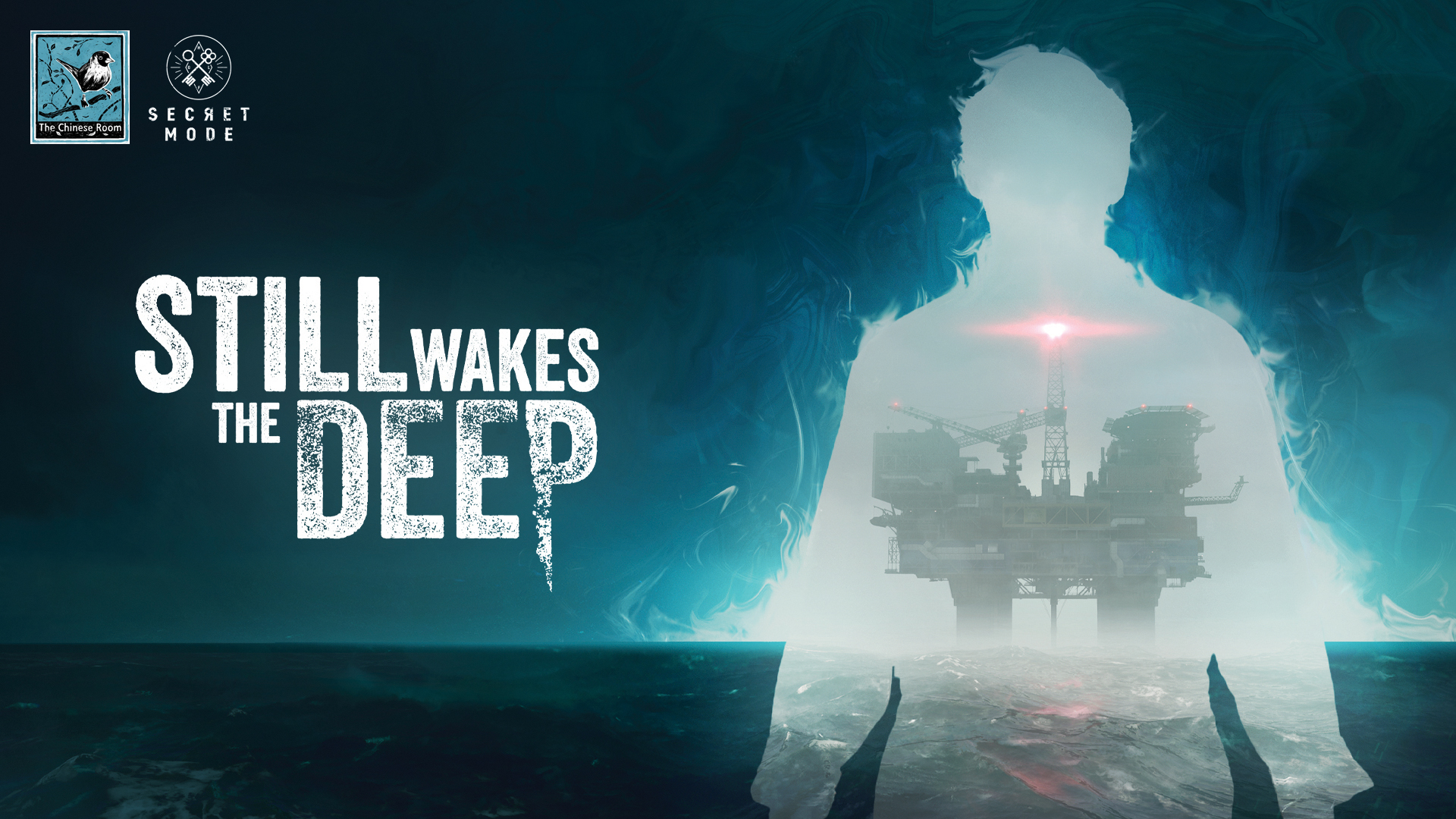
With the game set to release on June 18th of this year, and numerous other projects competing for Graves’ creative attention, Jason’s calendar looks fairly hectic. We wonder what advice he’d give to anyone with an interest in video game scoring who might be looking to get a foothold in the industry? “Anyone who gives you advice is only advising you based on their life experience. I’m just such a firm believer in attempting to forge unique musical identities that I think my advice is to play to your strengths and write the kind of music that you want to write, not necessarily that you think people want to hear.”
I’ve always run in the opposite direction from the style of the time
Jason stresses that individuality is paramount to being someone that people want to hire. “It’s especially important in today’s technology marketplace where anyone with Logic on a laptop can create the same-sounding music. Be as original as you can. That being said, I think you do need to build a foundation in production, composition and arranging. There’s nothing wrong with trying to emulate things that you love. That’s what I did for probably the first 10 years of my career. If you do that long enough you start hand-picking specific ways things sound.”
On the specifics of ‘uniqueness’, Graves suggests even the simplest sonic signature can make you stand apart. “If you’re a flute player, you might want to try something unique like recording it and pitching it down. That could be your thing. It’s hard to be unique when you’re starting out, because everything you write is going to sound like everything else. I’ve always run in the opposite direction from the style of the time. I just try to be as unique as possible, down to the point of convincing myself I’ve made a horrible mistake. That’s usually when I know that I’ve hit the right sort of target.”
The Chinese Room's Still Wakes the Deep is out now.



I'm the Music-Making Editor of MusicRadar, and I am keen to explore the stories that affect all music-makers - whether they're just starting or are at an advanced level. I write, commission and edit content around the wider world of music creation, as well as penning deep-dives into the essentials of production, genre and theory. As the former editor of Computer Music, I aim to bring the same knowledge and experience that underpinned that magazine to the editorial I write, but I'm very eager to engage with new and emerging writers to cover the topics that resonate with them. My career has included editing MusicTech magazine and website, consulting on SEO/editorial practice and writing about music-making and listening for titles such as NME, Classic Pop, Audio Media International, Guitar.com and Uncut. When I'm not writing about music, I'm making it. I release tracks under the name ALP.









